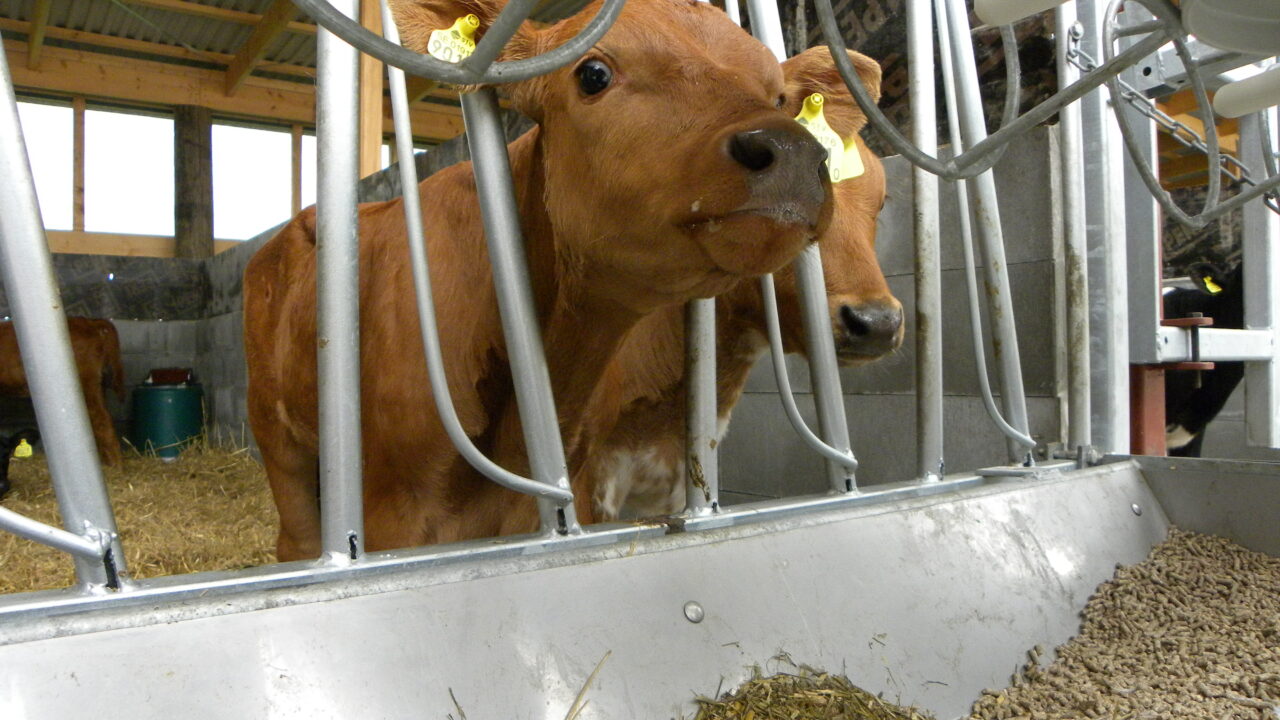For infectious abortions, the interval between infection of the dam and abortion can be weeks, according to Animal Health Ireland (AHI).
Therefore, it states that by the time she aborts, it may not be possible to still detect the infecting organism.
Although the diagnostic rate of infectious diseases in cases of abortion is low (33%), AHI states that this does not mean that only one third of abortions have an infectious cause.
It is recommended by AHI in all cases to submit samples from the abortion to the Regional Veterinary Laboratory.
In addition, it states that one cannot predict when an abortion ‘storm’ has started so this may be the first of many.
If a cow aborts or gives birth prematurely this should always be assumed to have an infectious cause and be managed accordingly:
- Identify the aborted cow – if not visually obvious ask your veterinary practitioner to handle the group of cows to identify the one that has aborted and to sample her.
- Wear personal protective clothing when handling aborted material.
- Discuss with your vet the legal requirements for notification and testing following an abortion.
- Remove the aborted material (foetus and cleaning) by placing in a strong plastic bag, tie it (e.g. cable ties) and place it in a second strong bag and tie it again, and bring it to the RVL for testing or dispose of appropriately.
- Wash and disinfect the area where the abortion occurred.
- Immediately isolate the aborting cow – especially from other pregnant cattle, for at least 3 weeks until vaginal discharges have ceased and lab results are received.
- Remember that all dead foetuses (abortions, prematures, stillbirths) must be tissue tag tested for BVDv.
- Decide with your vet whether to cull or retain the cow which has aborted and what to address in your herd health plan in light of results.
- Closely monitor other pregnant cows – inspect pregnant cow groups at least once a day and isolate any cows showing signs of imminent abortion.
- Ensure that no animals (especially dogs and foxes) have access to cleanings.
